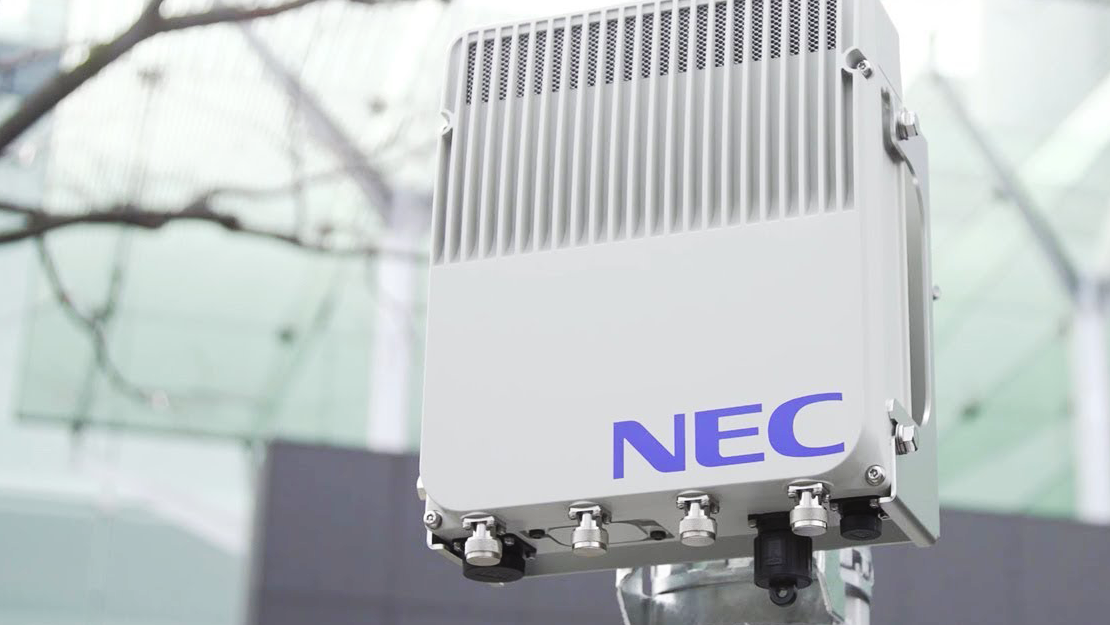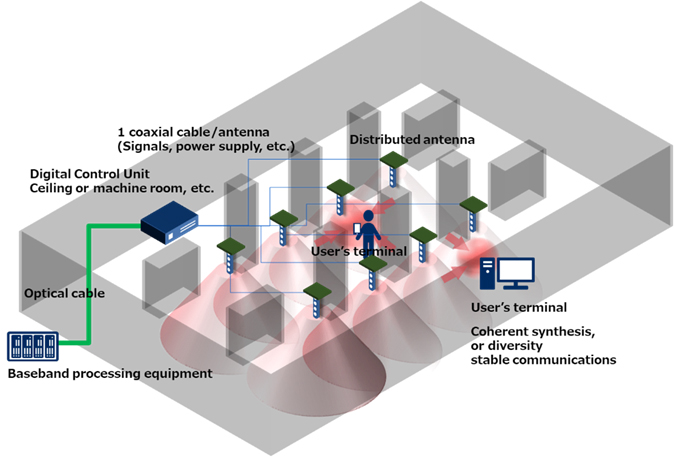NEC uses MIMO to deliver 3x performance boost for mmWave 5G in offices
It may be a while before many of us get back inside an office, but when we do, NEC has taken a big step towards delivering mmWave 5G coverage into a business environment.

NEC has announced that it has successfully demonstrated millimeter wave 5G in an office environment, using distributed-MIMO, which has enabled them to triple the number of simultaneous connections and capacity in an office environment.
NEC has demonstrated multiple, highly stable simultaneous terminal connections and transmission capacity in an office environment, using distributed-MIMO in the 28 GHz millimeter-wave frequency band.

"NEC has established itself as a leader in digital beamforming technology and has commercialized Massive-MIMO in the sub 6 frequency band."
NEC announcement.
“NEC has established itself as a leader in digital beamforming technology and has commercialized massive MIMO in the sub 6 frequency band,” the announcement said. “Moreover, NEC has developed digital coordination technology among antenna elements distributed in the millimeter-wave frequency band and conducted verification activities to solve the problems of indoor mobile communications, such as shadowing and diffraction of propagation paths.”
3x more connections and capacity
The demo achieved approximately three times the number of simultaneous connections and transmission capacity, compared to test cases without distributed-MIMO in the 28 GHz frequency band.
"This is the first demonstration in the industry to apply a distributed-MIMO system in the millimeter-wave frequency band in an office environment."
NEC announcement.
“This is the first demonstration in the industry to apply a distributed-MIMO system in the millimeter-wave frequency band in an office environment,” according to NEC research. “This is expected to contribute to the construction of highly convenient 5G environments that enable simultaneous multiple connections in the future.”
Earlier this year, Japan began to commercially deploy 5G in the sub 6 and millimeter-wave frequency band, which, whilst delivering speeds up to 10 times faster than 4G, also faces technical challenges due to limited range, and difficulty penetrating walls and other barriers.
“Applying Massive-MIMO techniques to millimeter-wave frequency is considered to be optimal for applications where each terminal requires a high transmission capacity, such as indoor offices or stadium seats with high terminal density,” the announcement explained.
Get up to speed with 5G, and discover the latest deals, news, and insight!
NEC conducted propagation and transmission trials in a real office environment, using a distributed-MIMO technique for the Radio Units (RU) of a 28 GHz band base station system, which boosted simultaneous connections and increased capacity.
- Why 5G small cells are vital for mmWave 5G
- Get updates on the hottest 5G stocks
- Discover the truth behind 5G dangers
- 5G towers: everything you need to know
Dan is a British journalist with 20 years of experience in the design and tech sectors, producing content for the likes of Microsoft, Adobe, Dell and The Sunday Times. In 2012 he helped launch the world's number one design blog, Creative Bloq. Dan is now editor-in-chief at 5Gradar, where he oversees news, insight and reviews, providing an invaluable resource for anyone looking to stay up-to-date with the key issues facing 5G.

